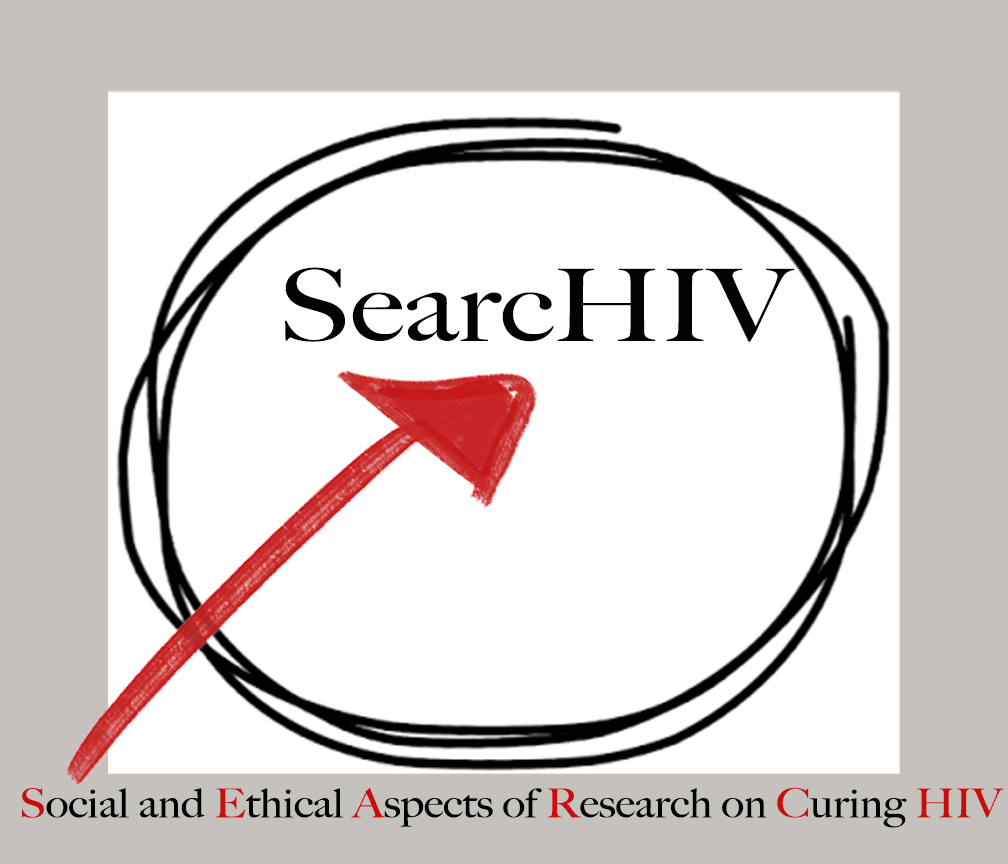By Paul Volberding, MD

HIV care has from the earliest days confronted the need to consider and treat multiple coexisting conditions. The first focus was on opportunistic infections (OI) and malignancies arising from immune deficiency, as the term “OI” suggests. These opportunistic infections were often very advanced even in those newly diagnosed with HIV. Recently, HIV care has begun to confront co-morbid diseases, such as cardiovascular disease, bone loss, renal impairment and diabetes, which are more prevalent as patients age due to successful HIV suppression and probably develop faster than otherwise expected. While OI’s are now less common and “treated” or prevented by earlier and more successful antiretroviral therapy, treating co-morbidities of aging in the HIV-infected person can be challenging. These co-morbid conditions typically require lifelong medication and careful consideration of drug-to-drug interactions, side effects and regimen complexity, which threaten long-term adherence to these medications as well as antiretrovirals.
Between these co-occurring diseases of immune deficiency and aging are other diseases acquired by overlapping transmission patterns with HIV itself. Along with sexually transmitted infections like HPV infection are infections like Hepatitis B (HBV) and Hepatitis C (HCV). HBV has long been recognized as both sexually and perinatally transmitted, but the situation with HCV is only more recently becoming clearer. While long known to be spread by contaminated blood transfusion and the sharing of unsterilized injection equipment (in both the medical and drug misuse contexts), we now see more consensus that this virus is also sexually transmitted, particularly in the men who have sex with men (MSM) community. It’s not surprising then that HCV screening in HIV-infected individuals is often positive, depending on transmission risk behavior and local demographics. While HCV co-infection appears to have little impact on HIV disease progression, it is clear that HIV co-infection accelerates the course of HCV disease with faster development of hepatic fibrosis, cirrhosis, end stage liver disease and cancer. HIV-HCV co-infection has also complicated HCV treatment. HCV-infected injection drug users have often-and perhaps unfairly- been considered poor candidates for interferon-based treatment, and the earliest oral direct acting agents for HCV treatment (telapravir and bocepravir) had complex drug interactions with many antiretrovirals.
Fortunately these clouds covering successful HCV treatment in the context of HIV infection are lifting. The newer agents approved or in late-stage development are as effective in the setting of co-infection and have little pharmacologic interaction with HIV drugs. Furthermore, their much more convenient regimens and dramatically reduced toxicity makes them of potential use in essentially all co-infected cases. Challenges remain- many due to the new treatment costs- but this is a new and very promising era where we might both cure HCV and prevent new cases. This could be the ideal example of treatment as prevention and a cause for renewed attention to this very frequent HIV fellow traveller.

